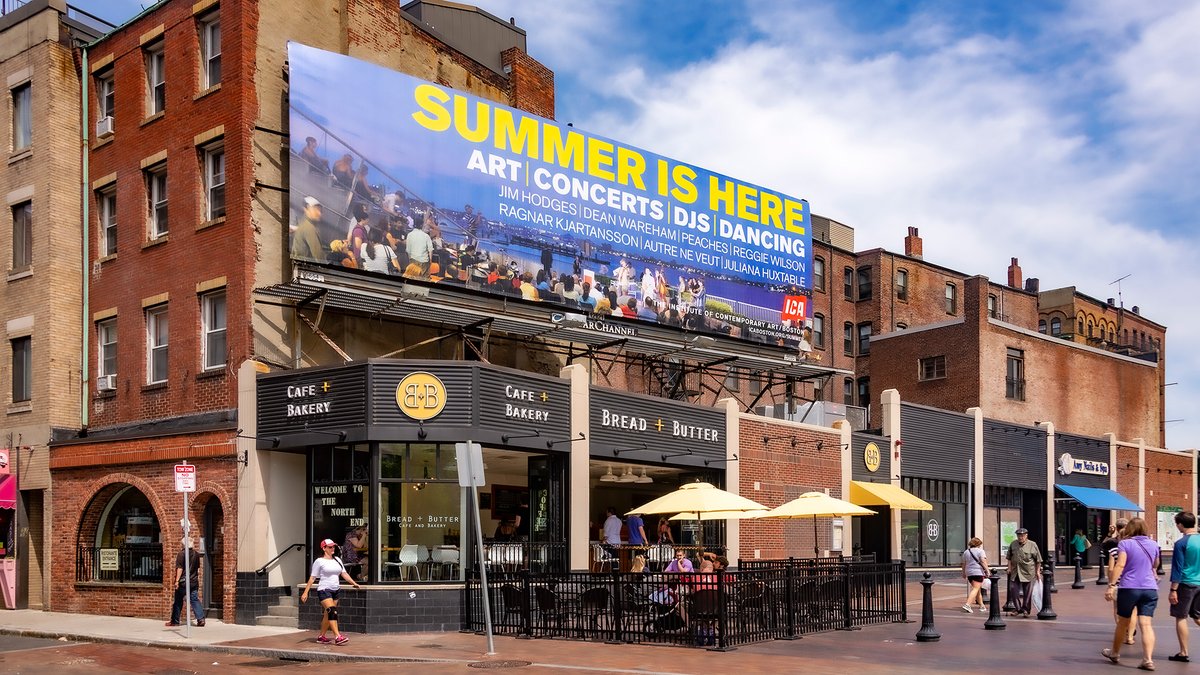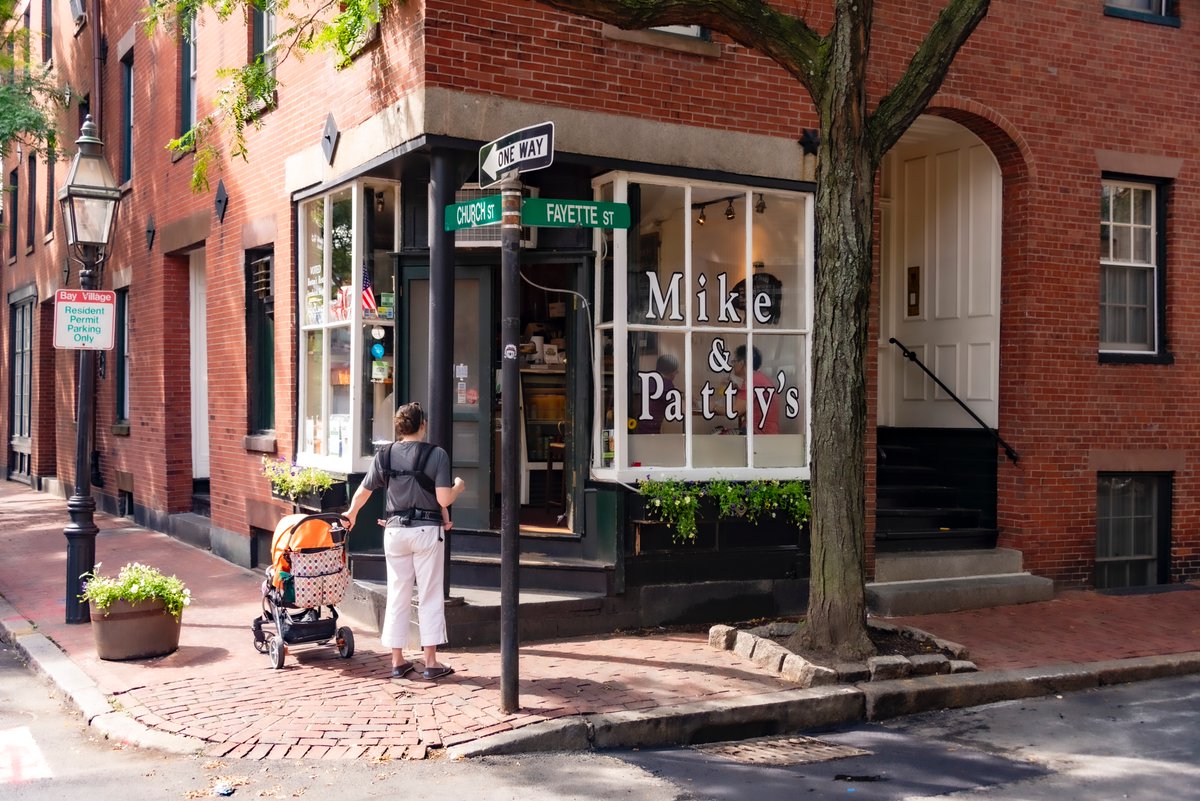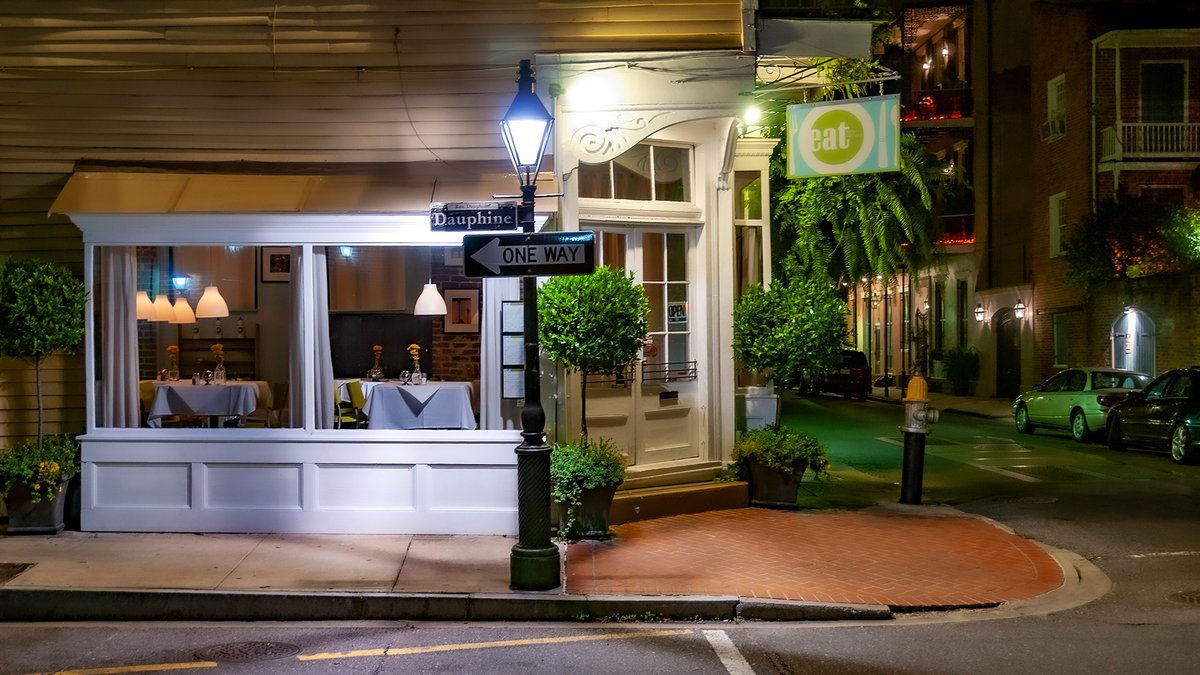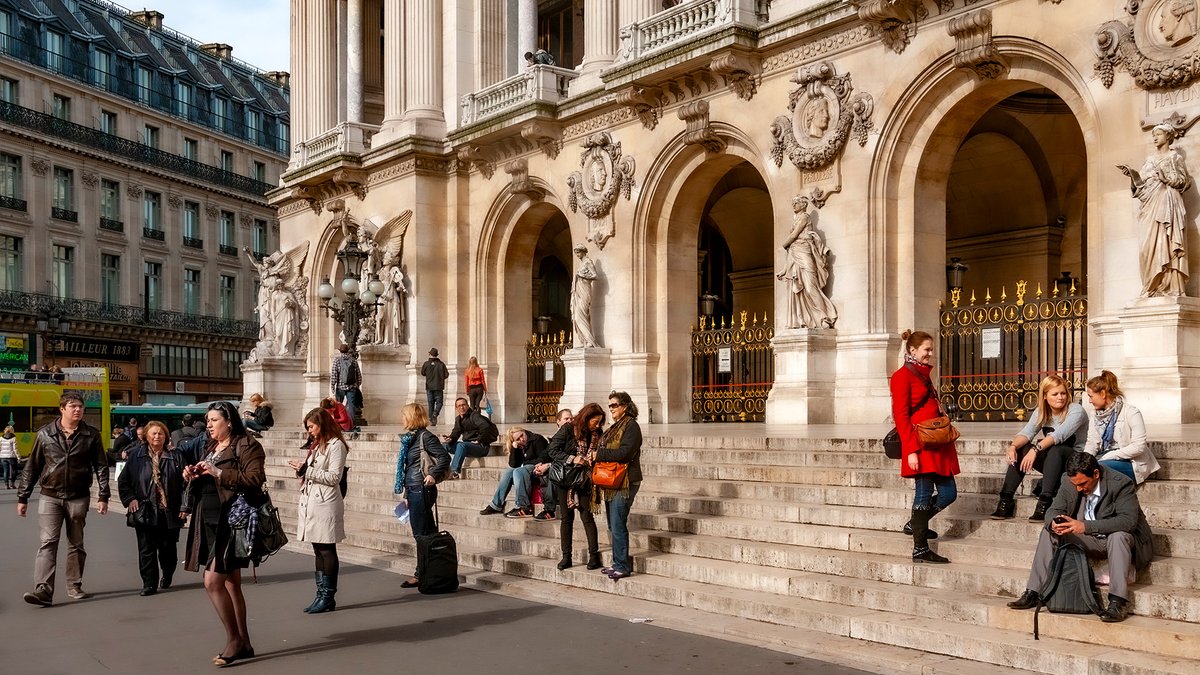What is the 15-minute city? It's every city ever built by humans on this planet until a century ago, but with a catchy new name. And if the old parts haven't been destroyed in the last century, it's where the tourists go. And people travel across oceans to see the best of them. 

Forty years ago, a few pioneers decided to start building 15-minute cities again. Actually, they built 5-minute cities because they didn't think people would walk 15. This is Seaside, Florida where it all began. Time magazine called it "the little town that changed the world." 

The term "15-Minute City" is much newer; Paris mayor Anne Hidalgo laid out the 15-Minute City idea in her 2020 re-election campaign. It was a sticky term, and has spread around the world since then. People who understand it realize it's much like the most-loved parts of the city. 

This 🧵 is about what the 15-Minute City is and what it includes, not what it's not. The first thing it includes is neighborhood groceries. Ideally there are several in a 15-Minute City because I'm of the few people happy to walk that far with a bag of groceries. 

Every 15-Minute City should include an old-line hardware store that includes 95% of your hardware needs. Sure, for the other 5% you'll need to go out and fight traffic on the highway to get to Home Depot, but having a store like Anders nearby gives you choices. 

The 15-Minute City makes it easy for people to open a business and become an entrepreneur. It's important to be able to start small with a Single-Crew Workplace like these food carts at Seaside. 

Places that transform themselves into 15-Minute Cities attract a lot of young talent because they have a much higher Cool Factor than places with much fewer choices. Boomers & older grew up with few choices (ABC, NBC, CBS), but young talent won't tolerate that. Have more choices. 

If you build higher Cool Factor, you'll have more visitors. So 15-Minute Cities need a good supply of B&Bs scattered through their neighborhoods, but not on the quietest streets. 

A good 15-Minute City doesn't just have lots of choices on where to do business within walking or cycling distance, but also lots of choices on where and how to live. Here's a great cottage court in New Town at St. Charles, just across the river from St. Louis. 

A 15-Minute City also has a wide range of home sizes. This cottage and this mansion are just a few blocks away at the Waters near Montgomery, Alabama. The lady of the mansion said "I love living in a place with many home sizes; it's far more interesting this way. 



Most people don't want to, but some love living over the shop where things are hopping at the town square, or on Main Street. America was largely built by people living over Main Street. The 15-Minute City brings back this fundamental choice. 

Wherever you choose to live in a 15-Minute City, you're more likely to get to know your neighbors because places not dominated by cars make it easier to get acquainted. After these two finished visiting, the lady on the porch said "that's a new neighbor I met just then." 

Back to other ingredients: every 15-Minute City should have a Maker Space or two. It's part laboratory, part classroom, where future entrepreneurs are figuring out new stuff and learning new skills that will serve them (and maybe you) well for years to come. 

Single-Crew Workplace shops around a court have a long history in 15-Minute Cities. This is Perspicacity at Seaside, but this goes back to the forums, markets, and bazaars of antiquity. No 15-Minute City was ever complete without them. 

Every 15-Minute Neighborhood should have an elementary school so the kids can walk to school, usually with a few parents, in a "foot-bus." And on rainy afternoons parents can park on neighborhood streets until school's out, unburdened by the usual several acres of "stack lanes." 

There should be one large civic space (square or plaza) where large numbers can gather for concerts, celebrations, seasonal events, and other civic events. There should be many smaller civic spaces like squares, parks & playgrounds so nobody is more than a 2 minute walk away. 

A theater (movie, performance, or both) is a great addition to a 15-Minute City; some consider them essential. Because theaters can draw a crowd, they are best located on a neighborhood square or Main Street. 

Pharmacies are essential in the 15-Minute City. Most of what they sell is fairly lightweight, so they don't have to be right next door. If it's a full 15-minute walk, it's unlikely to be a physical challenge. 

There should be a handful of barber shops, hairstyle salons & other personal services in the 15-Minute City. People leave refreshed and feeling better about themselves, so these pair well with civic spaces like squares & plazas with many opportunities for social interaction. 

Farmers markets are essential in a 15-Minute City for two reasons: they're a great way to get locally-grown produce and artisanal food products, and because they usually occur only on Saturdays, they become a neighborhood cultural event because everyone's there at the same time. 

Small neighborhood pubs should be scattered throughout the 15-Minute City. If they're a 5-minute walk or less from anywhere, people aren't tempted to drive, and can easily walk (or stumble) safely home. 

Coffee shops should be almost as plentiful in the 15-Minute City as pubs. And coffee shops build Walk Appeal because nothing is as interesting to humans as other humans, and people can sit enjoying their coffee for quite some time. 

Almost everyone living in 19th Century Paris lives within a 5-minute walk of a bakery. Americans might not eat as much bread & pastries, but bakeries should be a staple of the 15-Minute City in many places. 

Sandwich shops are another 15-Minute City staple, and they can be tiny. Mike & Patty's is a Single-Crew Workplace regularly rated as the best sandwich shop in Boston. Mike serves; Patty cooks. The place has line out the door whenever they're open. 

Here's a classic French Quarter chamfered corner entry to a white-tablecloth restaurant on a quiet mostly-residential stretch of street. Of all the places to eat in a 15-Minute City, these tend to be the quietest, and so don't have to be on major streets or squares. 

• • •
Missing some Tweet in this thread? You can try to
force a refresh
















